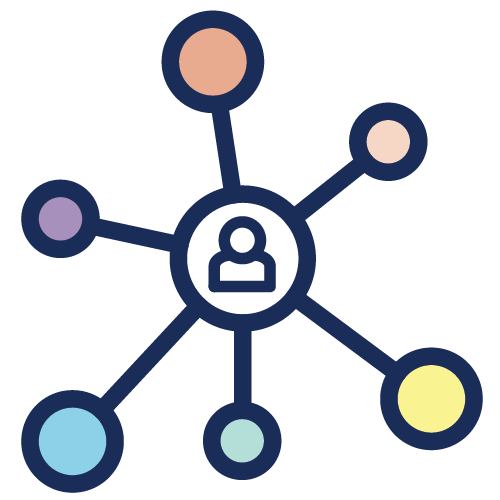Written by: Sabrina Wu, Senior Research Assistant

There are many student groups and communities – each contributing to the University in various ways. In partnership with the Sexual and Gender Diversity Office (SGDO), the Trans and Nonbinary (TNB) Student Experiences Project set out to seek a deeper understanding of TNB student experiences in two phases.
Throughout these two phases, the research team was consistently reminded in our work of how much we do not know. As such, we learned the importance of working with student participants beyond initial feedback sessions, but also in using design thinking to continue to bring student voices into research and student affairs.
Centering who the research is for

In Phase I of this project, we focused on gathering feedback on the trans, nonbinary, and/or otherwise gender nonconforming student experience of filling out survey and form categories in U of T documentation. The researchers used an empathy-based approach, which helped student participants share even further on their general experiences at U of T. With the help of these student participants, we began to learn more about what students cared about the most at the University and where they would like to see future changes.
In Phase II, we were able to facilitate design-thinking sessions that focused on sharing back what we heard from TNB students and listen to further insights from students. Researchers also ideated with students on ways the University can address some of the concerns highlighted in their feedback and move towards a more inclusive campus community. Having co-creation as a principle to Innovation Hub’s research really helped me and the team remind ourselves throughout the research who this project impacts the most and who to center.
We often hope that we can check our biases and subjectivities in research. I learned that co-creation can be a very helpful tool in ensuring that different definitions, perspectives, and pain points are considered. The team shared that they were surprised to see how much more we were able to learn by simply listening to students share their lived experience, even in subjects that the researchers thought they were already familiar with.

Taking co-creation beyond methodology
A theme that the research team found key to both the research methodology and the thematic analysis is one around the importance of co-creation. In design thinking, we approach our work with the idea of creating with rather than for students. In terms of conducting research, the team and I were continuously surprised at how impactful it was to have students’ lived experience guide the research process – from in-depth discussions to making recommendations and design principles.
The significance of co-creating with students also carried over as a key theme during analysis. We learned through interviews and feedback sessions that several students wanted to be involved in decision-making processes at the University and through continuous co-creation, can help address student needs. I am grateful that we were able to co-create in this project in various ways — from Phase I to Phase II and to recommend co-creation as a principle for stakeholders to keep in mind moving forward.
0 comments on “Project Insights from “Trans and Non-binary Student Experiences” Project”